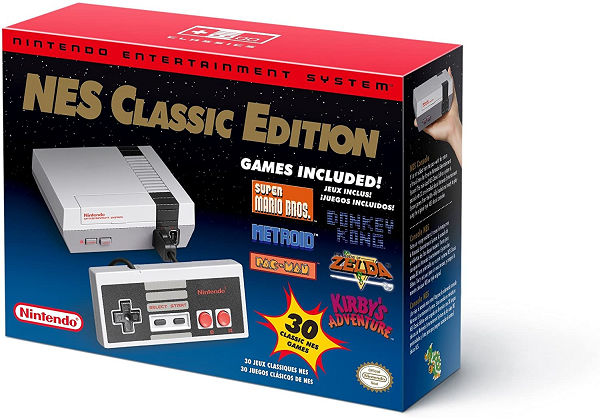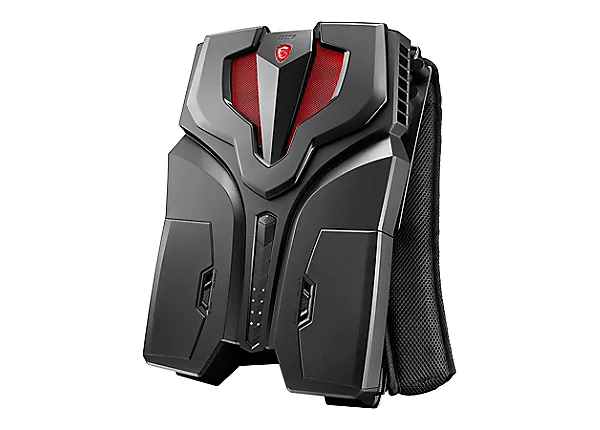The basic concept of content as king is that entertainment sales are driven mainly by hit content. It is often assumed a hardware device needs “a killer app” to entice consumers. However, the age of ubiquitous digital content may require some rethinking of that basic theory. This article asks, is Content Really King.
In today’s market it often seems hardware is king and a core driver of consumer purchase behavior. In some cases content is an afterthought. This theory has been a driving force behind recent DFC Intelligence research.
One issue that has come up in recent years is that even as consumers have become comfortable with digital delivery of content they still like to own physical product. Video game companies are taking advantage of this desire and you can see that as games focus on packaging as both a distinguishing feature and a revenue driver. For Battlefield 1, Electronic Arts released collector’s editions that include action figures, a book, playing cards, a poster, a patch and “premium packaging.”
Of course, many consumers are simply buying Battlefield 1 as a game and are very happy with a digital download. But Battlefield 1 is one of those rare pieces of premium contents that consumers actively seek out. Meanwhile there is an entire section of the video game industry that has thrived off of delivering games as an exciting event, often as a gift or a reward. In the console market, video game packaged sales have been over 50% in Q4, of course, driven by the holiday season. The movement to digital has helped smooth that curve but somewhat at the risk of making the actual games less exciting.
Many children today will willingly accept a gift card as an acceptable present. However, at least on the console side, digital downloads are still not for the faint of heart. Someone opening a gift card (or less exciting digital code) for Battlefield 1 on Christmas Day faces the time consuming issue of actually trying to download the product and get it to run. When you have a more mass product like 2015’s Star Wars Battlefront you can have a great deal of dissatisfied consumers. At least with a physical disc in hand a significant portion of the game can be installed prior to downloading ubiquitous and unavoidable updates.

For adult gift givers, a digital code as a gift can be a frustrating proposition that also feels somewhat unsatisfying for both parties. This is where no-hassle hardware devices are becoming the sexy alternative and truly starting to gain appeal to all sorts of consumers. This holiday perhaps nothing better exemplifies that trend than the Nintendo NES Classic Edition. This mini-version of the hit NES game system comes with 30 games from the 1980s for $60. There is no digital downloads and no possibility of adding new games. It was nostalgia pure and simple and of course it sold out almost immediately.
The beauty of NES Classic Edition is it is a throwback plug-and-play device that will have users up and playing in under-five minutes. The actual games themselves will probably have limited interest and we expect that by New Year’s many of these systems will be sitting in a closet. However, it does show the power of hardware to drive consumer interest and on the high-end that was best exemplified by Apple. The iPad, launched in 2010, was the peak of sexy hardware that lacked any truly compelling content. Consumers flocked to the iPad simply because it looked cool and was easy to use. Of course, games and apps followed but it is hard to think of a single killer app for the device. For the iPad, it was all about simplicity of use and elegance of hardware design. When Nintendo launches the Switch in 2017 it will be important for them to capitalize on this trend.
On the PC side, DFC is seeing a major growth in PC hardware designed exclusively for gamers. In an age when things have been going small and compact there is a market for big hardware that is flashy and loud specifically to make an impact. Hewlett Packard has the Omen line of gamer focused PCs that definitely standout from the crowd and have the price tag to match. To compete with many similar systems from smaller manufacturers the HP brand takes a backseat because this is not your mother’s PC.
DFC Intelligence has stated that 2017 will likely be the year of hardware. This includes virtual reality, new game systems from Sony, Microsoft and Nintendo, and spending on high-end PC game devices and accessories. One need only look at the new $1999 to $2299 VR One backpack PC from Micro-Star International Co., Ltd designed specifically for use with high-end virtual reality headsets.
For game software developers this may be frustrating but for those that closely follow hardware trends it equals long-term opportunity. Hardware companies are deep pockets that can invest in the right content that drives hardware sales. So far this has helped to fund a great deal of virtual reality development and as hardware becomes profitable again it tends to trickle down to content development. Software publishers like EA have been successful with distribution, packaging and merchandising and that core competency has perhaps surprisingly extended somewhat to the digital age.
In the end the key to success has not changed that much. The game market has always been overcrowded with product and standing out from the crowd requires more than developing great product. The good news is for savvy developers there are more opportunities than ever to standout from the crowd as market concentration decreases. It will never be easy to be successful but now more than ever the potential to reach a large, sophisticated consumer base is the most exciting trend in the video game industry.
Make sure to signup to access continued briefs from DFC Intelligence. Through the end of 2016, DFC Intelligence is offering a special on its 2017 Forecast Service that includes both current 2016 forecasts, upcoming 2017 forecasts and multiple market reports on key industry trends. For information on this package contact DFC at info@dfcint.com.


